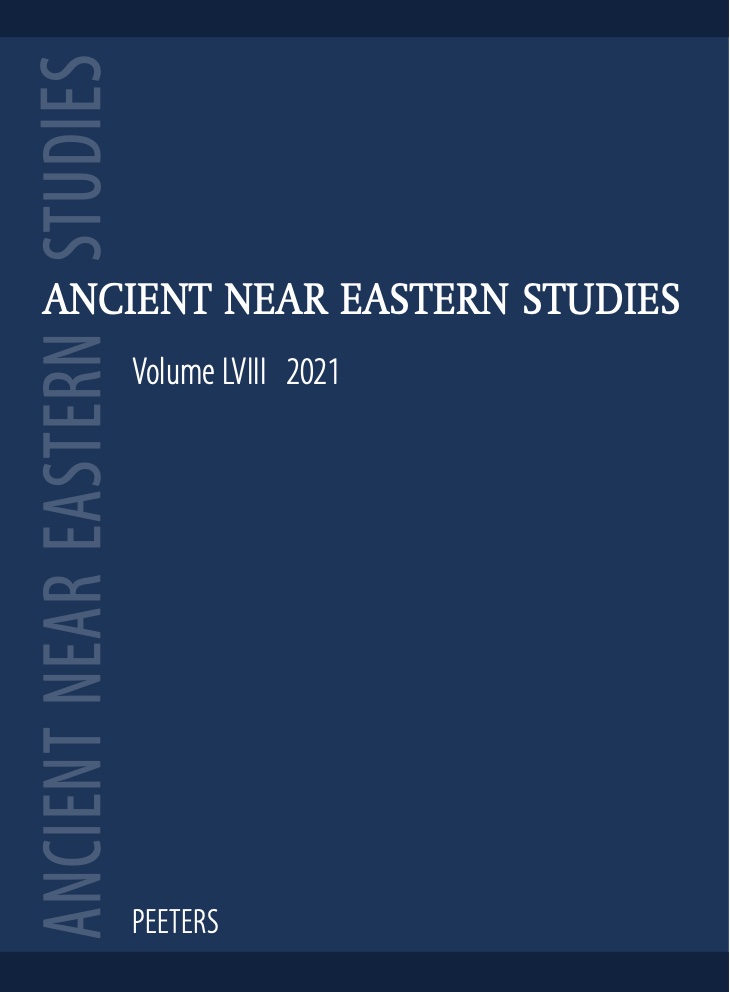 previous article in this issue previous article in this issue | next article in this issue  |

Preview first page |
Document Details : Title: Herodotus 2.61.2 and the Mwdon- of Caromemphitae Author(s): McANALLY, Jay Journal: Ancient Near Eastern Studies Volume: 53 Date: 2016 Pages: 195-218 DOI: 10.2143/ANES.53.0.3154566 Abstract : Ethnic identities in antiquity are difficult to define, and sometimes even to detect: that of Carians is no exception. In fact, it is sometimes one of the more difficult identities to detect and define, given the lack of self-representation made by Carians in, for example, literary sources. The Carians, descended from a Bronze Age Anatolian Luwian culture group, became well known in antiquity for their reputation as mercenaries. Serving different kings, they travelled to Lydia and Egypt and adopted elements of these cultures. Considered to have been Hellenisers later, Carians were also Persian-influenced, leading modern scholarship to refer to the Creolisation of Carian identity. The principal source of Carian inscriptional evidence from the sixth century consists of the funerary stelae discovered at Saqqara in Egypt, some having artwork depicting Carians in ways that suggest how they sought to be seen. The archaeological evidence of the stelae bearing emic representations is addressed, and in combination with the etic literary evidence of the Greek author Herodotus, a coherent aspect of Carian identity is outlined. In particular, the evidence left by the Carian mercenaries with the Mwdon- ethnonym – those who served the Saite king Amasis – is addressed. |
|


